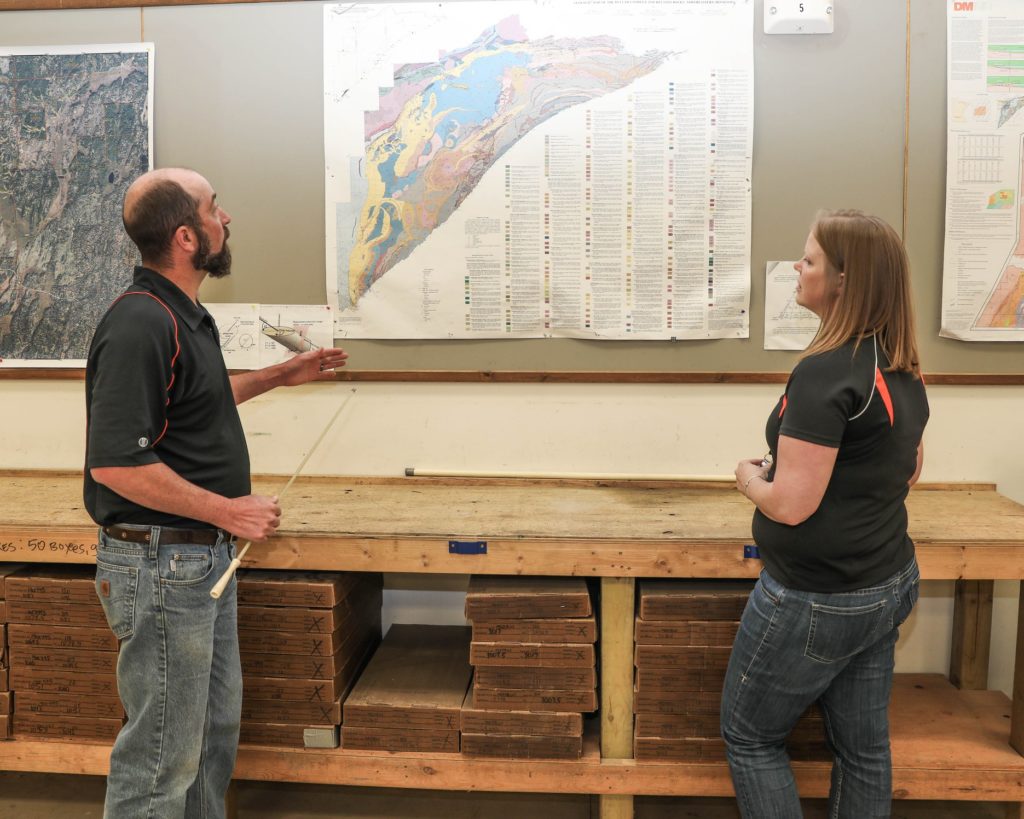The developer of the Twin Metals project, in the Iron Range region of northeast Minnesota, USA, has announced plans to use dry stacked tailings at the underground copper, nickel, platinum, palladium, gold and silver asset as the company looks to eliminate the perceived risk of a dam leakage or failure.
Twin Metals Minnesota (TMM), a company owned by Antofagasta, said the dry stack method eliminates the storage pond and dam associated with conventional tailings facilities and has been successfully used in four mines in the northern US and Canada with similar climates to Minnesota.
In 2018, an update of the prefeasibility study for Twin Metals outlined a 18,000 t/d ore project, producing an average of 42,000 t/y of copper, plus nickel and platinum group metals as by-products, the equivalent of some 65,000 t/y of copper.
TMM, like many other potential mine developers, said community concerns about copper-nickel mines have focused on fears of tailings dam failure or leaks that could threaten both nearby surface water and groundwater. This comes after several high profile dam failures in North and South America.
If all goes to plan, the company will use the dry stack method to store the leftover rock from its proposed underground mine on a lined ground facility near the plant site. This will allow reclamation of the tailing site to occur in stages, with the site capped or covered with natural vegetation.
Kelly Osborne, Chief Executive Officer of Twin Metals Minnesota, said: “Dry stack tailing storage is the most environmentally friendly tailings management approach for our site. The first key is that there’s no dam, no risk of dam failure. The moisture content of the filtered tailings is reduced to a material that we can compact and manage seasonally.
“Because there’s no risk of a dam failure, dry stack is considered the best available technology for tailings storage and, after a decade of study and consultation with concerned voices in our community, we determined that it will be an effective choice for our project.”
Equally important, TMM said, is the fact that the tailings from the Maturi deposit at Twin Metals will be non-acid-generating.
“The common concern about sulphides points to a basic misconception about our project,” Osborne said. “The geology of the Maturi deposit provides us with confidence that we can mine here safely and sustainably. The rock sandwiching the layer of copper, nickel and platinum group minerals in the deposit is almost completely free of sulphides. When the targeted minerals are removed during the concentration process and shipped to customers, only a minute amount of sulphides will remain in the tailings.”
Extensive testing over the past decade shows that Maturi deposit tailings will be non-acid-generating, the company clarified.
Dry stack tailings storage has been an option under consideration since Twin Metals began mine planning in 2010, the company said. “As technology has continued to advance, and the application of dry stack in cold, wet climates has proven successful at multiple locations, Twin Metals made the decision to move to it as the best available option,” TMM said, adding that The Minnesota Center for Environmental Advocacy hailed the advantages of dry stack tailings in a statement earlier this year.
Osborne concluded: “Dry stack is one of the ways we are making a 21st century mine that will be the most technologically advanced mine in Minnesota’s history and a model of how copper mining can be done safely and sustainably.”
The approach will be outlined in detail in TMM’s Mine Plan of Operation, to be submitted to state and federal regulators in the coming months. Regulatory review, including hearings for public comment, will cover compliance with regulations to protect water and air quality, drinking water, wetlands, endangered species, plant life and cultural resources. While the MPO is being reviewed the company will advance the feasibility study.
After reaffirming Twin Metal’s right to renew its two federal mineral leases, the Department of Interior reinstated the leases to TMM in May 2018. Antofagasta expects these to be renewed during 2019.











